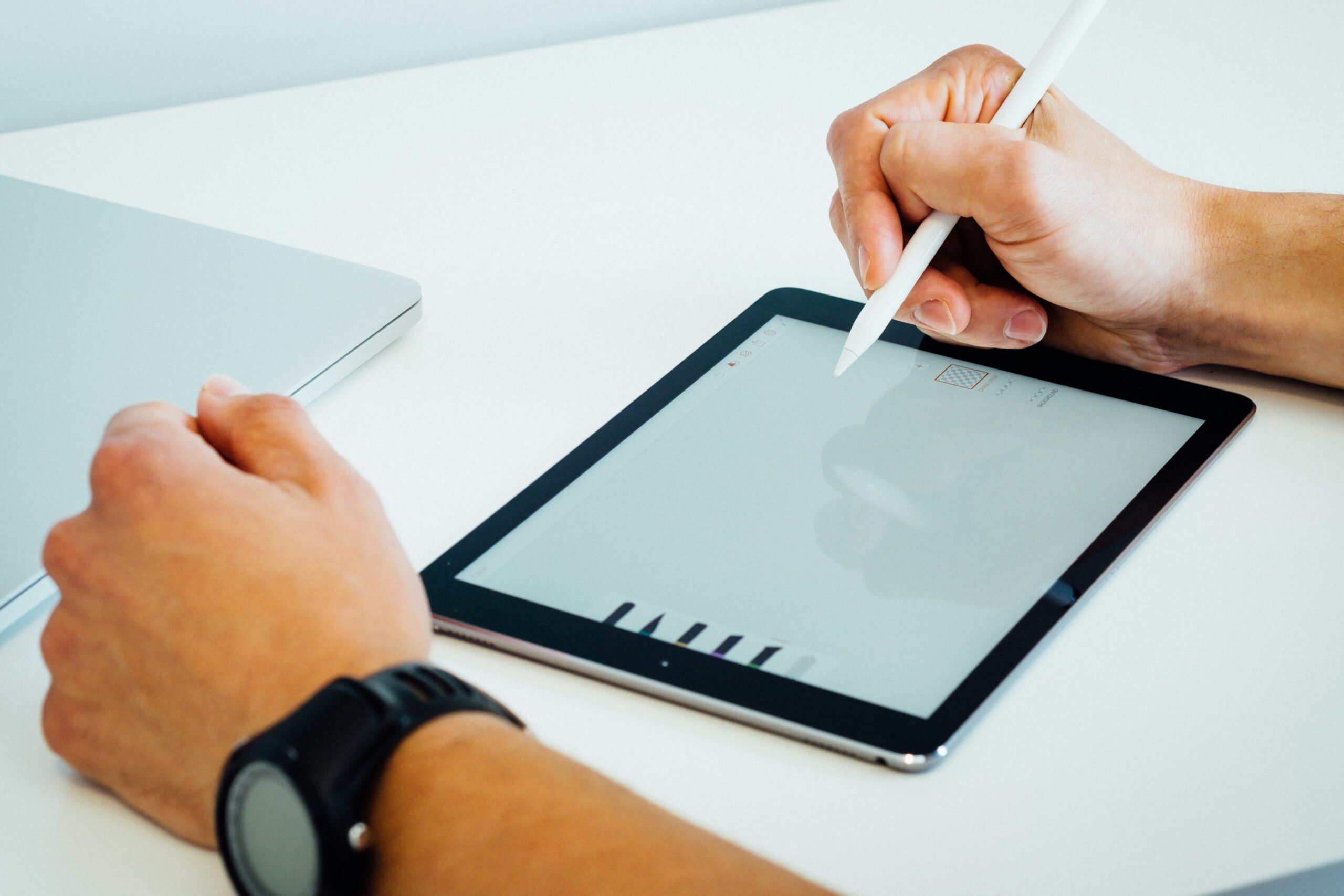
Elevate Your Brand with Expert Logo Design Insights
Learn about the significance of logo design in branding, including its impact on conveying values, creating a lasting impression, and establishing credibility, as well as exploring key elements, effective design principles, and the choice between DIY and professional services.

Introduction to the Significance of Logo Design
A logo is not just a symbol or a graphical representation; it’s the heart and soul of a brand’s identity, encapsulating its values, mission, and essence in a visual form that speaks volumes to consumers. In today’s fast-paced world, where first impressions can make or break a business, the role of logos in forging a memorable and lasting impression on customers cannot be overstated. They contribute significantly to brand loyalty and recognition, making them an indispensable tool in the arsenal of any business aiming for success.
Moreover, a well-designed logo goes a long way in establishing credibility and professionalism in the eyes of consumers. It tells a story, fosters brand loyalty, and differentiates a business from its competitors. In essence, logos are a shorthand way of referring to a company in advertising materials, making them a critical component of any brand’s marketing strategy.
Importance of Effective Logo Design
The psychological impact of colors in logo design is profound, with different hues evoking specific emotions and perceptions among consumers. For instance, blue often conveys trust and dependability, making it a popular choice for financial institutions, while green is associated with health and sustainability, a go-to for organic and eco-friendly brands. Understanding color psychology is crucial in crafting logos that resonate with the target audience on an emotional level.
Scalability is another critical consideration in logo design. A logo must maintain its visual appeal across various platforms and sizes, from the tiny icon on a smartphone app to the large signage atop a corporate building. This demands a design that is simple yet impactful, versatile enough to adapt to different contexts while retaining its core identity.
The pursuit of timeless design is a testament to the power of logos to transcend trends and remain relevant over time. Consider the Nike swoosh or the Apple logo – both are examples of timeless logos that have remained largely unchanged for decades, continuing to evoke recognition and loyalty among consumers.
Key Elements for Creating an Effective Logo
An effective logo is a harmonious blend of balance, symmetry, and proportion. These elements work together to create a visually appealing and memorable logo that attracts the eye and pleases the mind. For example, the Twitter logo, with its simple yet perfectly balanced bird, demonstrates how symmetry and proportion can create a logo that is both eye-catching and enduring.
Negative space is a powerful tool in logo design, offering designers a creative way to convey dual meanings or add an element of surprise. The FedEx logo, with its hidden arrow between the ‘E’ and ‘x’, is a classic example of how negative space can be cleverly used to add depth and meaning to a design.
Typography plays a pivotal role in logo design, with the choice of font significantly impacting the logo’s overall feel and brand perception. Selecting a font that aligns with the brand’s personality and target audience is essential. For instance, a luxury brand might opt for an elegant serif font, while a tech startup could go for a sleek, modern sans-serif.
Utilizing Logo Design Tools and Software
In the realm of logo design, tools like Adobe Illustrator, Canva, and CorelDRAW offer a wide range of features and functionalities that cater to both beginners and seasoned professionals. Adobe Illustrator, for example, is renowned for its powerful vector graphics capabilities, allowing designers to create scalable logos without losing quality.
Mockup tools play a crucial role in visualizing how a logo will appear in real-world applications, such as on business cards, websites, and merchandise. This step is vital in ensuring that the logo works well in different contexts and mediums, thereby enhancing its versatility and effectiveness.
 Choosing Between DIY and Professional Logo Design Services
Choosing Between DIY and Professional Logo Design Services
The DIY logo design process can be a rewarding experience, offering businesses a hands-on approach to crafting their brand identity. It involves brainstorming ideas, sketching concepts, and refining the final design, requiring a significant investment of time and creativity. However, it also comes with limitations, including potential design expertise gaps and the risk of creating a logo that represents your business effectively.
On the other hand, professional logo design services provide access to experienced designers who can offer custom design solutions and expert guidance throughout the process. This approach ensures a high-quality, distinctive logo that accurately reflects the brand’s identity and values. For businesses looking for a hassle-free and professional outcome, hiring a logo designer might be the best route.
Impactful Logo Examples and Design Principles
Successful logos, such as Apple’s iconic apple or Nike’s swoosh, demonstrate the power of simplicity, adaptability, and symbolism in logo design. These logos effectively communicate the brand’s values and offerings through clever use of shapes, colors, and negative space, making them instantly recognizable and memorable.
Adaptability is key in ensuring that a logo remains effective across various mediums and applications. A logo must be versatile enough to work in both digital and print formats, on small and large scales, and in color as well as black and white. This adaptability enhances the logo’s utility and longevity.
 Learning Resources and Starting Your Logo Design Journey
Learning Resources and Starting Your Logo Design Journey
For those interested in learning logo design, resources like W3Schools offer a wealth of tutorials and exercises in graphic design principles. Additionally, engaging with design communities and following logo design tutorials can offer valuable insights into current trends and design inspiration.
Understanding the target audience and market trends is crucial in creating effective logos. User research helps designers align the logo with the brand’s values and the preferences of its target demographic. Iteration and feedback are essential steps in refining the logo, ensuring it meets the brand’s needs and appeals to its audience.
 Why BENT Enterprise is Your Ideal Logo Design Partner
Why BENT Enterprise is Your Ideal Logo Design Partner
BENT Enterprise specializes in creating custom logo designs that capture the unique brand identity and vision of each client. With a commitment to delivering transparent and exceptional results, BENT Enterprise offers a collaborative and client-centric approach to logo design, ensuring that every logo is not only visually striking but also strategically aligned with the brand’s goals [Customer Product Context].
Their expertise extends beyond logo design to ADA-compliant design, WordPress customization, and SEO optimization, making BENT Enterprise a comprehensive solution for all digital branding needs. Choosing BENT Enterprise as your logo design partner guarantees a professional and impactful brand identity that stands out in a competitive digital landscape [Customer Product Context].
Conclusion:
Logo design is a critical aspect of building a strong brand identity and perception. With its ability to convey a brand’s values, personality, and mission, a well-designed logo can significantly enhance brand recognition and loyalty among consumers. Whether you’re starting your logo design journey or looking to elevate your brand’s visual identity, BENT Enterprise offers professional logo design services tailored to your unique needs. Embrace the power of professional logo design and set your brand apart in today’s competitive marketplace.
